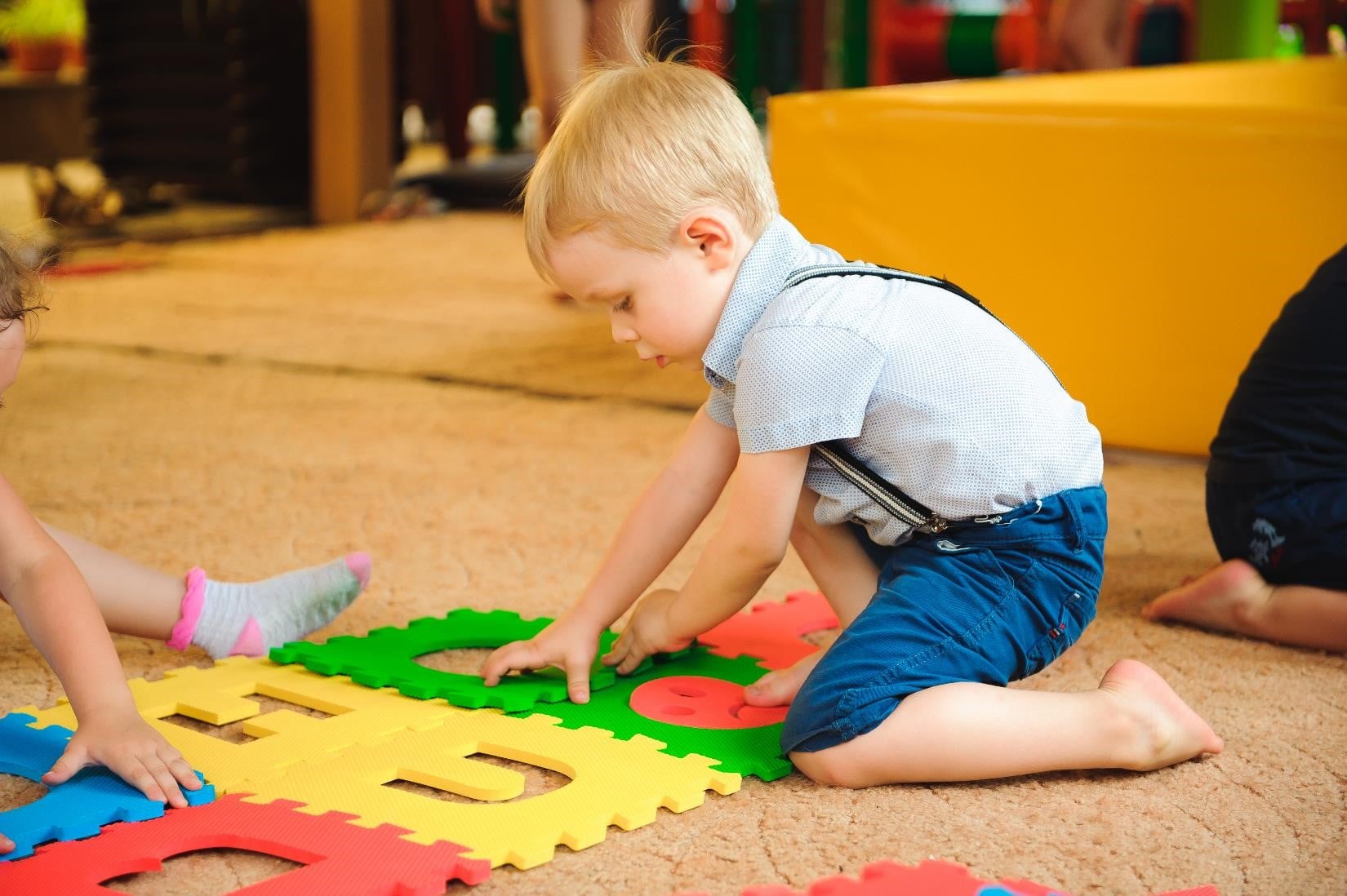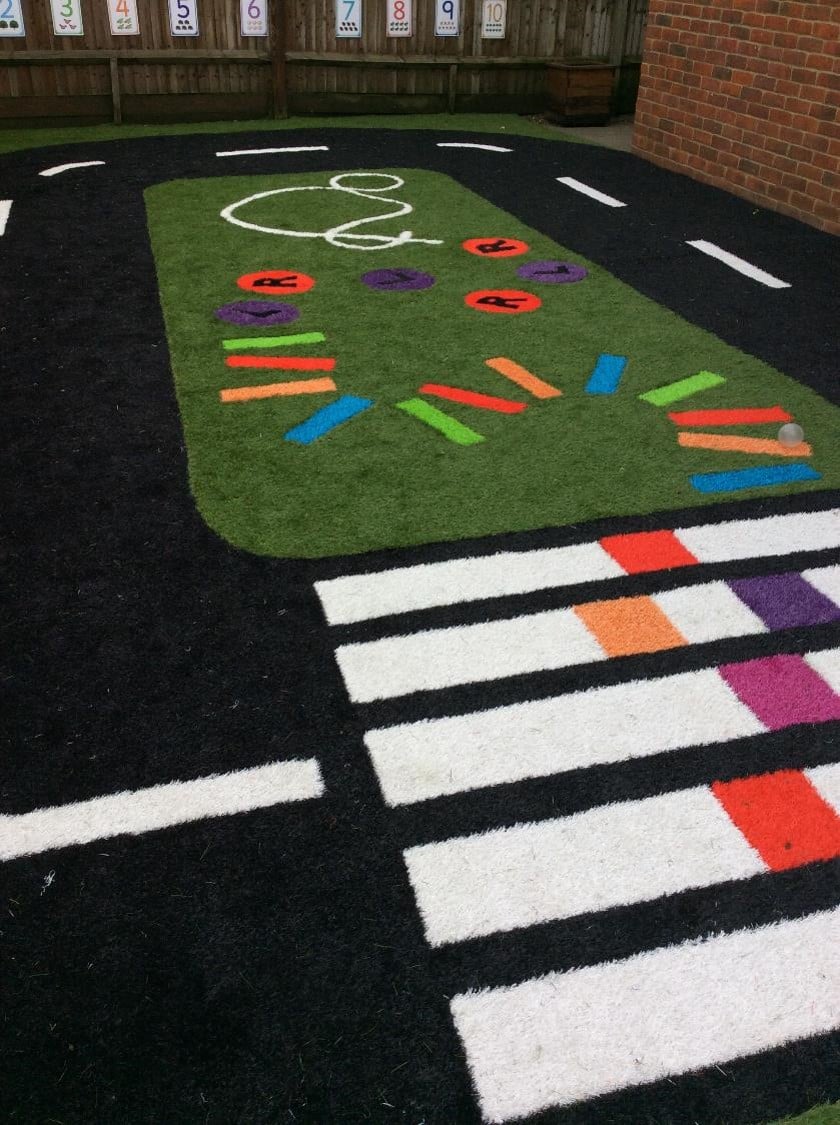The Importance of Sensory Play in Schools and Nurseries
The Foundation Stage was introduced in England to give a unique and focused identity to the early learning years of Nursery, Reception and Primary School Infants, where the emphasis is on learning through planned play.
The cornerstone of the philosophy behind the Foundation Stage is the fact that Children learn by doing, rather than by being told. It is therefore essential that Nurseries and Schools are able to create a purpose-built environment that facilitates learning through play and allows the children to investigate and explore the world around them.
Dedicated Sensory Play Areas are a fantastic idea for any school or Nursery and can really add a lot of fun and enjoyment into a child’s education.

Everyone is Different
As we all know, everyone learns in different ways. Involving all of the 5 senses of; Taste, Touch, Smell, Sight and Hearing in a child’s education, maximises the child’s ability to learn and develop. One child may understand the world by touch, and they need to feel sand and water before they can appreciate how these things interact with each other. Another child may learn through sight, and the vibrant colours of a Sensory Play Area can stimulate their interest and encourage them to find out more.
Sensory Play and the Curriculum
Science and Maths
Sensory Play Areas can fit brilliantly with the ‘Materials’ element of the Curriculum. Different panels can be set up around the Sensory Play Area that are specifically made out of different materials and the children are able to feel the difference between rough and soft surfaces. Special water containers can show children how some materials will float and how some will sink. Teachers can then ask the children why they think a certain material will sink or float.
Physical Development
Bespoke play equipment can be installed with wall mounted obstacles fixed to panels. These pieces of equipment can provide physical activities for the children that require them the lift, dig, pull or twist which aids in cognitive development and refines Gross Motor skills and Fine Motor Skills.
Language
A Sensory Play Area can aid in the development of a child’s language skills. In order for the child to describe to an adult or a friend what is happening around them, they will need to use relevant vocabulary such as rough, smooth, sticky, wet, push and pull. The combination of social interactions and a Sensory Play area will aid the child’s development in a more informal way.
Music
Many Sensory Play areas include a musical element and allow the children to explore the different sounds and rhythms they can make using the equipment. Integrated musical equipment can teach the children about beats and timing. Even numeracy skills can be developed by counting beats and playing small sections of music backwards and forwards.

Outdoors vs Indoors
There are a number of benefits to creating a Sensory Play Area Outdoors as the outdoor environment will contribute to the sensory experience. However, the weather can often inhibit learning outdoors. Even if it isn’t raining during playtime, it’s possible that the general wet climate could contribute to a muddy play area. Artificial Grass is a common solution to this problem as it can prevent mud whilst maintaining the appearance of natural grass.
If you choose to build a Sensory Play area indoors Artificial Grass can again be used to keep up the appearance of natural grass whilst not requiring any sunlight.
Safety First
Sensory play areas are designed to be exciting and fun and this can sometimes bring with it some dangers, as water and moving objects are commonly used. Any reputable Play Equipment Company will design the equipment with the child’s safety in mind and a number of precautions can be put in place to reduce the risk of an accident.

It’s highly recommended that Schools and Nurseries create Sensory Play Areas for children to use and develop their physical, emotional and academic skills. Sensory Play Areas challenge children to use all of their senses and they can be a fun and important part of a child’s development.

